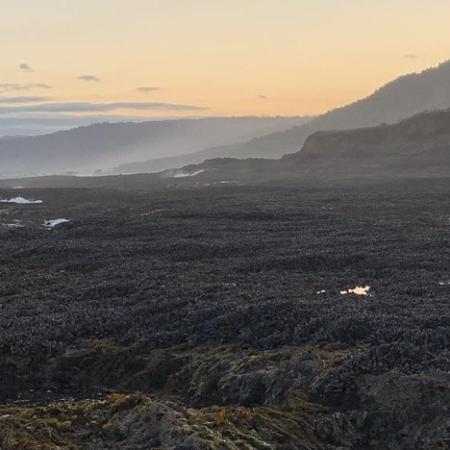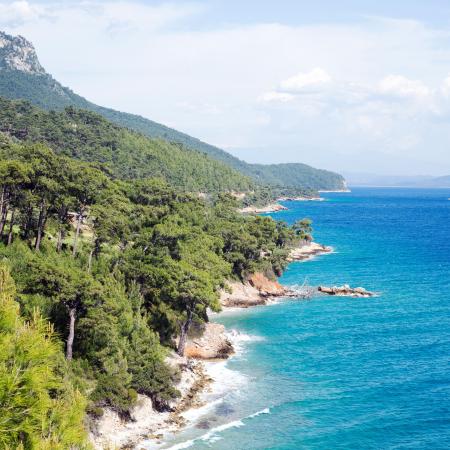The Oregon coast is now facing annual threats from hypoxia, or low oxygen, and scientists liken the phenomenon to the wildfire season the state faces every summer and fall.
The oxygen content of Oregon’s near-shore Pacific Ocean waters plummeted to dangerously low levels this summer before a timely storm arrived in mid-September to “flush” the system and ease the threat to many marine creatures. Hypoxia has become a seasonal threat.
“We are now living on a knife edge in terms of hypoxia, and this year we crossed the threshold into danger,” said Francis Chan, marine ecologist and expert on ocean chemistry. “It was one of the worst years we have had in a while and it looked like it was going to get really bad before that storm came in.
“This is something that only happened occasionally in the 20th century, but has been taking place on a near-yearly basis for the past 15 years. The leading hypothesis for why this is happening is that the ocean is changing. Warmer water holds less oxygen, for one, but there also may be increased stratification and other factors.”




